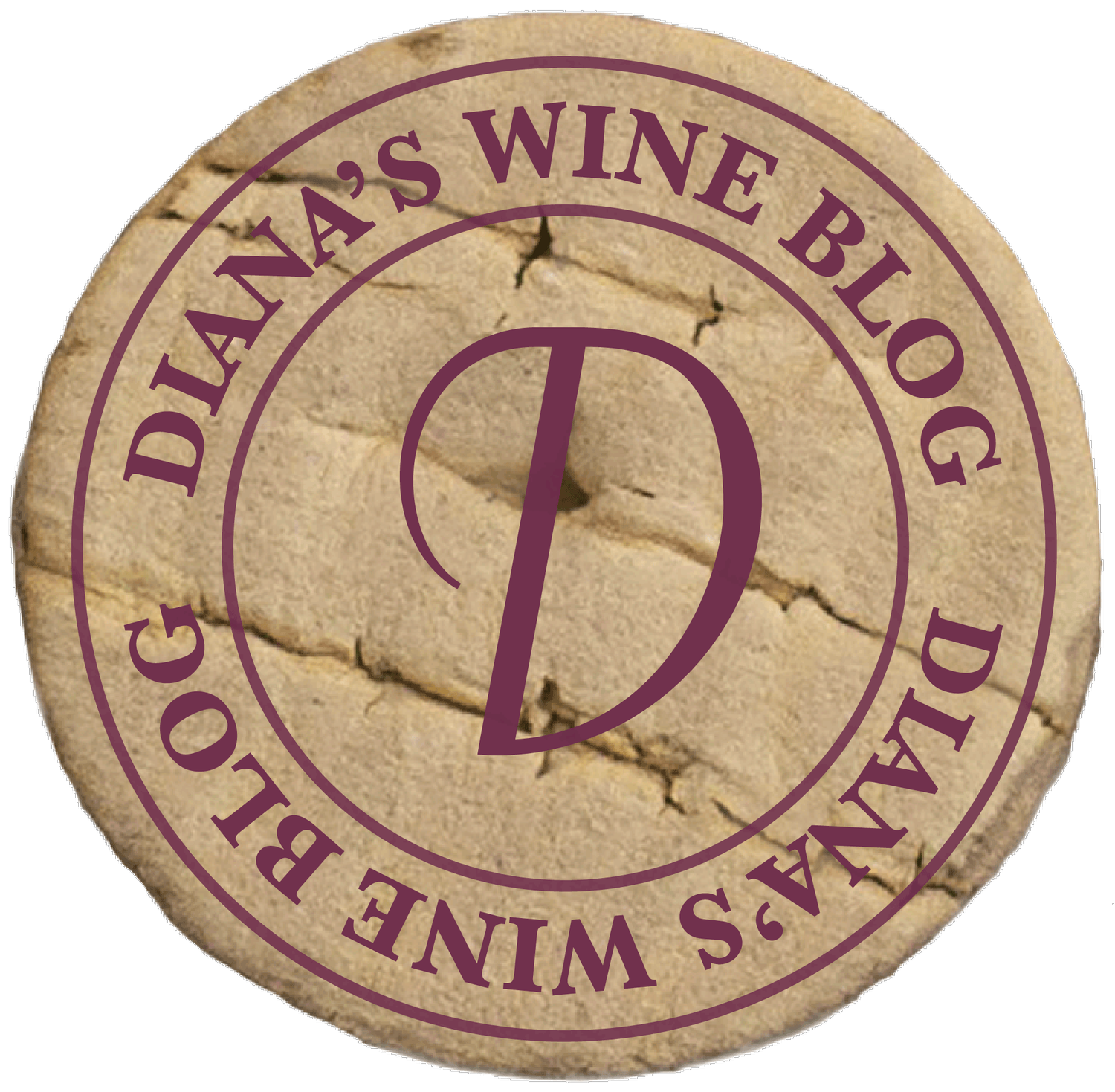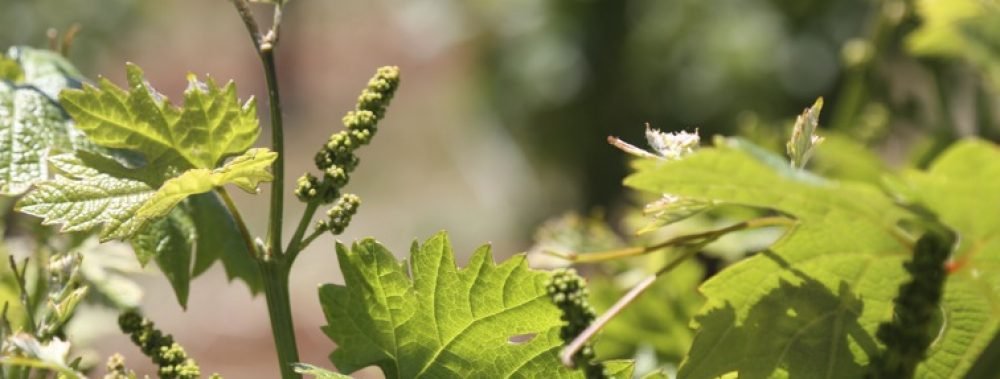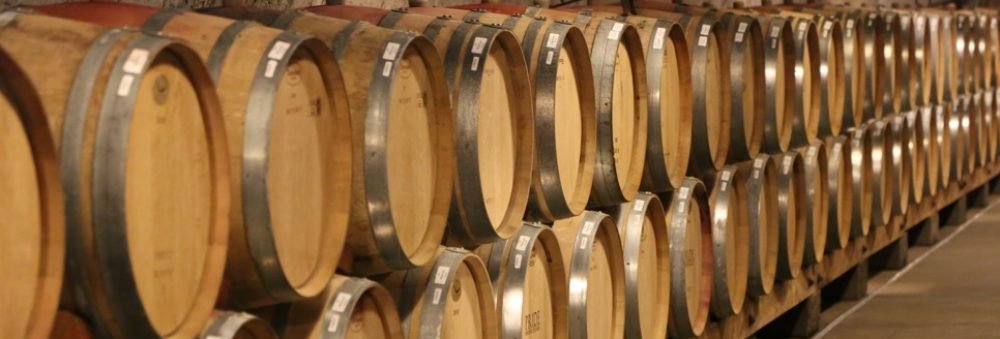…a place to enhance your knowledge and appreciation of wine
Read by Category
- Amador County 4
- Australian Wines 4
- Beer 2
- Cabernet 15
- Cabernet Franc 1
- Champagne/Sparkling Wine 9
- Chardonnay 10
- Chenin Blanc 1
- Entertainment 1
- Food and Wine 5
- Fun Wine Events 25
- Fundamentals 42
- Good wineries to visit 66
- Grenache 1
- Howell Mountain Wineries 8
- Introductory Blogs 4
- Luxury Wines 14
- Malbec 2
- Merlot 1
- Moderately Priced Wines 14
- Mount Veeder 1
- Napa Valley 86
- Oregon 3
- Paso Robles 8
- Pinot Noir 16
- Pritchard Hill 3
- Prosecco 1
- Rhone 1
- Rhone varietals 11
- Rosé 1
- Russian River 1
- Santa Barbara 5
- Sauvignon blanc 6
- Sonoma County 17
- South American Wines 1
- Syrah 3
- Tasting Rooms 1
- Ultra Luxury Wines 4
- Value Wines 29
- Washington Wines 9
- Willamette Valley 3
- Winemakers 30
- Wines From Europe 9
- Zinfandel 7
There’s much more to explore…

Come with us
as we explore…






























Napa Valley has wrapped up the 2025 harvest, which winemakers are describing as beautiful, deep in color, balanced, elegant, and flavorful. It’s all covered in Somm TV's Napa Valley 2025 Vintage Report, which is free to stream.